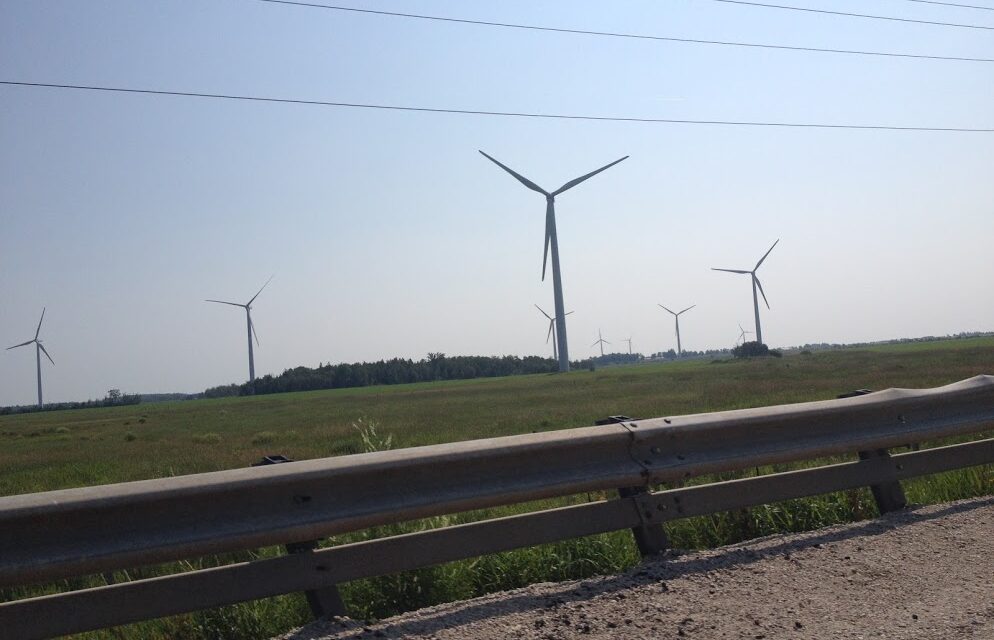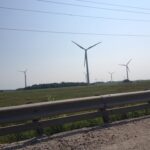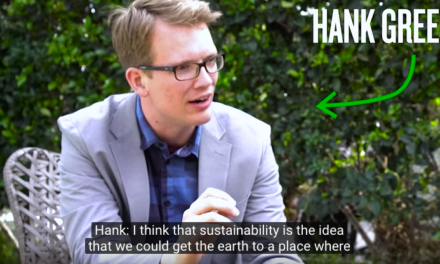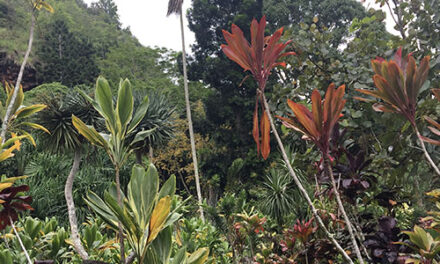Introduction
Happy Victoria Day! Oh, Canada.. From your vegan poutine, butter tarts, and wind turbines, you were an awesome country to visit 🙂
- Wedding Guests
- Taking a little detour
- Vegan Poutine
- Wind turbines
- And more wind turbines
I was recently introduced to a group of international environmental activists on social media who share a similar passion for sustainability, the desire to understand global sustainability concerns and issues, and implemented solutions in order to learn and share best practices.
We thought it would be an educational opportunity to research each of the countries represented in our group to learn more about the environmental issues they are dealing with and possible sustainability solutions they have implemented.
This week, we are focused on Canada.
Environmental Concerns in Canada
Overall, the main environmental concerns in Canada include:
- Air pollution in metropolitan areas
- Melting of the arctic due to climate change
- Deforestation due to the logging industry
Air Pollution
Similar to other countries, air pollution remains a problem for Canada. This has largely been driven by Canada’s growing population, economy, and continued use of fossil fuels to meet the majority of the energy usage needs. As we know, the usage of fossil fuels contributes to excessive CO2 emissions along with other greenhouse gases (GHGs) contributing to global warming. It is estimated that exposure to air pollution is a major cause of death and disease in Canada and contributes to 14,400 deaths annually.
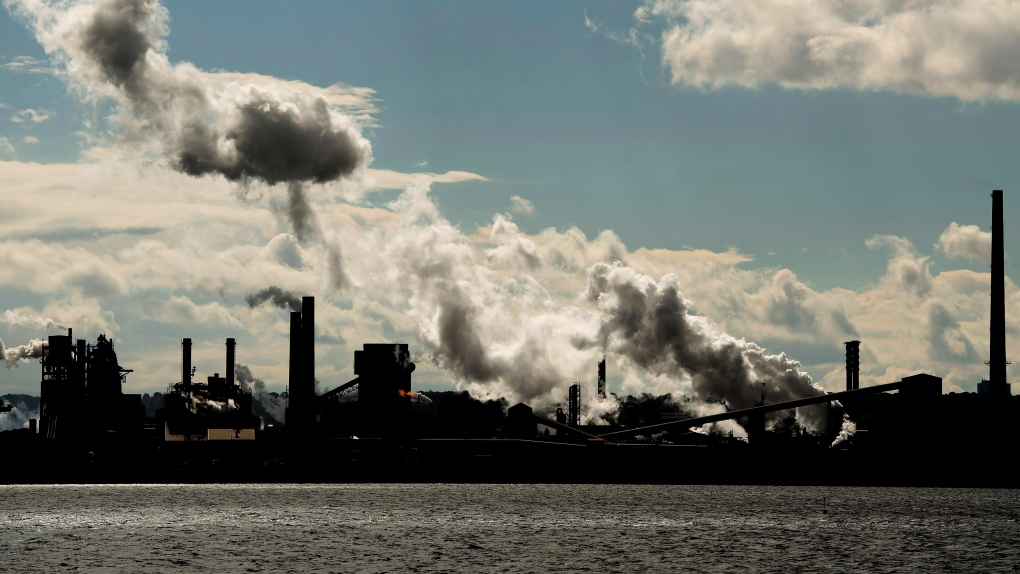
Melting of Polar Ice Caps
The melting ice caps do not only impact Canada. After doing some digging, they literally impact everything about our planet:
- Managing global temperatures via feedback mechanism
- The amount of oxygen available for us to breathe
- Non-marine and marine life
- Coastal populations
- Agricultural industries
Climate change is causing the average global temperature to rise each year melting the arctic ice caps twice as fast. The ice caps are essential for helping the planet cool itself as it reflects sunlight back into space. The more ice that melts, the less ice there will be to reflect and the more water there will be to absorb thus increasing global temperatures.
This rise in sea water temperature drastically impacts marine and non-marine life. Half of the oxygen you breathe is made by plants in the ocean. Half… that’s not something to mess with.
With all this melting ice, the ocean is expected to rise 70 meters which is relevant since half the world’s citizens live on sea coasts. Where are they going to go and how are we going to pay for all the damage this will cause? Insurance companies sure aren’t going to pay for it.
The melting ice destroys the animal communities that depend on it like polar bears and arctic foxes. This also allows ships to take new routes and exploit more areas for resources like commercial fishing and oil companies. Ships looking for oil in particular are seizing this opportunity to exploit more areas for oil and are using techniques called seismic blasting that shoot air explosions into the water. This activity causes physical trauma to marine life and habitat relocation in whales.
Since there is less ice to reflect sunlight and more water to absorb it, the Earth’s global temperature will continue to increase changing the climates that were once suitable for agricultural industries. What happens to us if we can no longer grow produce or breathe oxygen? Just let that sink in…
Deforestation
Around 10% of the world’s forests are located in Canada. Logging is one of the main industries in Canada contributing to deforestation. Majority of the harvested wood comes from old-growth forests being logged for the first time. In fact, between 2000-2014, Canada was responsible for the greatest total loss of primary forest in the world. It has improved since then, but it can’t be overlooked that over 20% of the world’s total loss of primary forests occurred in Canada.
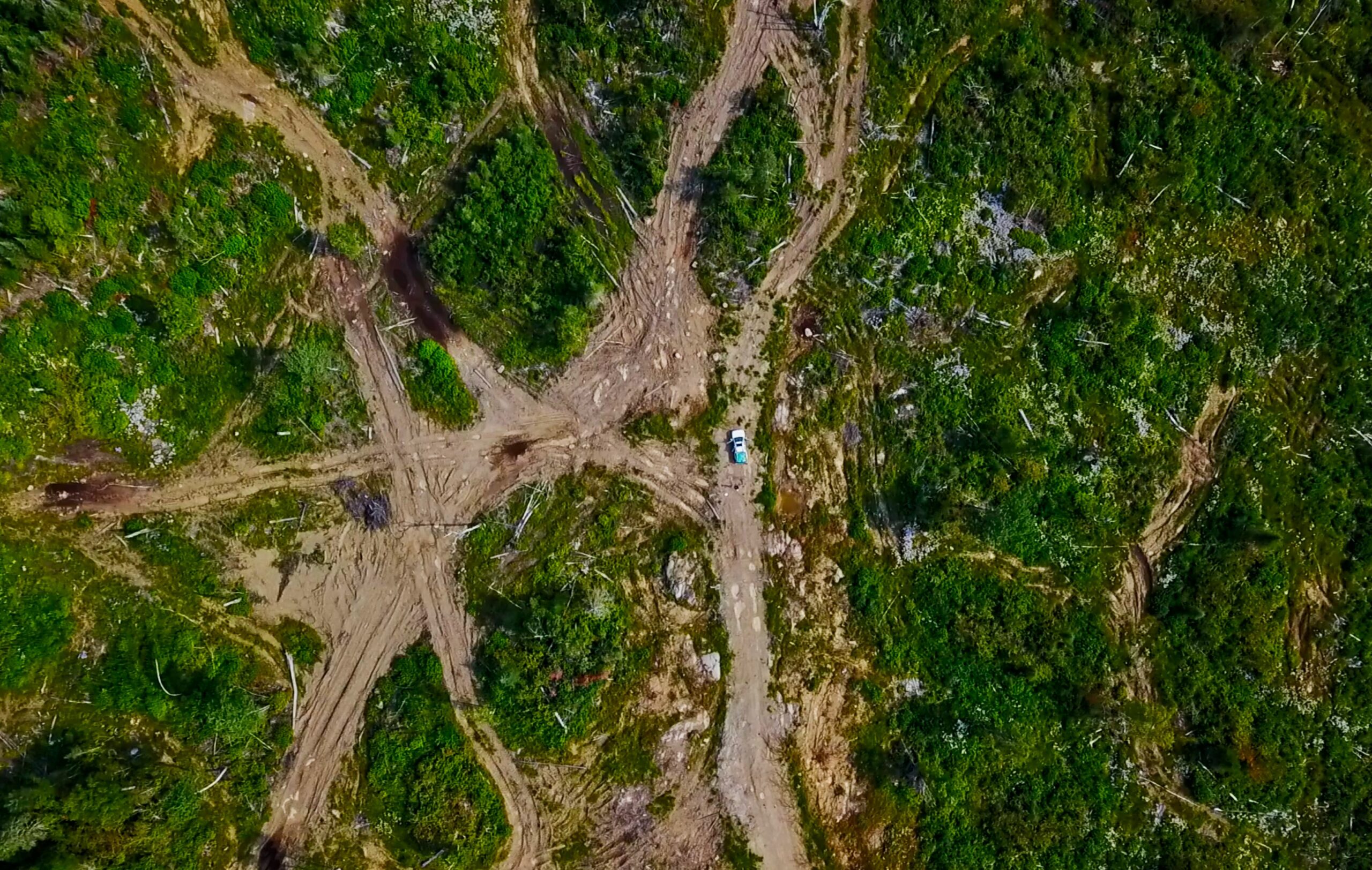
Sustainability Solutions
In 2015, Canada joined the other 192 United Nations (UN) Member States and adopted the 2030 Agenda for Sustainable Development during the UN General Assembly. The goal is to support and achieve the 17 Sustainable Development Goals (SDGs) by 2030.
To report on their progress, Canada released their Voluntary National Review guide showing how they have implemented specific goals and initiatives that support the SDGs. The actual report is linked above in case you would like to read the in depth report and each of their initiatives. Focusing on the main environmental concerns noted earlier, below summarizes their actions towards mitigating these concerns:
SDG 7: Affordable and Clean Energy
Canada has been focused on ensuring access to clean and affordable sustainable energy. 80% of electricity comes from non-emitting sources (hydro and nuclear technology). Moving forward, they plan on implementing the federal government’s Green Government Strategy to reduce greenhouse gas (GHG) emissions from government facilities and fleets by 80% by 2050 (vs. 2005 levels) by having 100% clean electricity by 2025 and fleets being composed of zero-emission vehicles by 2030. Not only will this drastically reduce air pollution in cities, but it will also help reduce GHG emissions contributing to global warming protecting our arctic ice caps.
SDG 11: Sustainable Cities and Communities
Canada has been investing in their city infrastructures to promote sustainable mobility in light of their growing population and economy. The federal government committed $28.7 billion over the next decade to support the capacity and accessibility of public transit infrastructure. Moving forward, Canada will continue to sign agreements funding public transit, green, and social infrastructure.
SDG 12: Responsible Consumption and Production
In 2017, Canada announced the $155 million Clean Growth Program to fund clean technology projects in energy, mining, and forestry. The program is focused on reducing emissions and waste from operations as well as encourage the use of advanced sustainable resources. Specifically for sustainable forest management, Canada has strong laws in place to ensure sustainable harvesting and forest management plans are in place. Currently, 48% of forests are certified by a third-party assurance that the forest is managed under recognized standards.
Is Canada on the Road to Sustainability?
Overall, my thoughts are that Canada is a very progressive country in the field of Sustainability. I am happy to see that they were one of the many countries to support the 2030 Agenda and the SDGs. Their easy to follow along and detailed progress report demonstrates that they have a plan in place and a way to measure their progress. I hope our neighbor up North will help set an example for the US to follow suit.
Sources:
- https://www.canada.ca/en/environment-climate-change/services/environmental-indicators/air-pollution-drivers-impacts.html
- http://www.wwf.ca/conservation/arctic/threat/
- https://www.nrcan.gc.ca/our-natural-resources/forests-forestry/wildland-fires-insects-disturban/deforestation-canada-key-myths-and-facts/13419
- https://www.theglobeandmail.com/canada/article-logging-scars-show-impact-of-deforestation-in-canada-is-worse-than/
- https://www.thoughtco.com/deforestation-in-canada-1203594
- https://sustainabledevelopment.un.org/content/documents/20312Canada_ENGLISH_18122_Canadas_Voluntary_National_ReviewENv7.pdf

